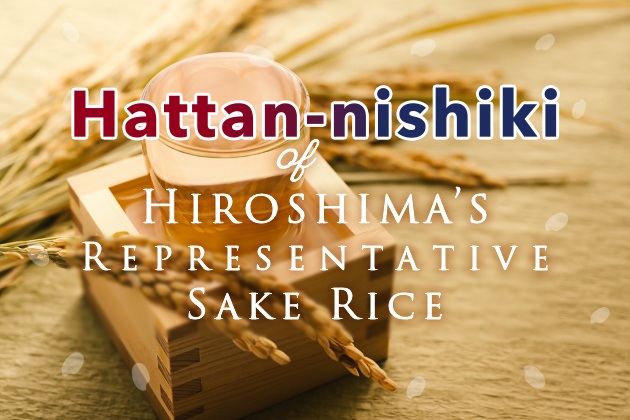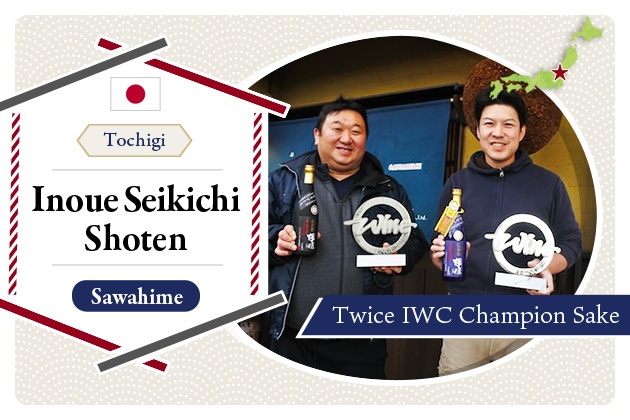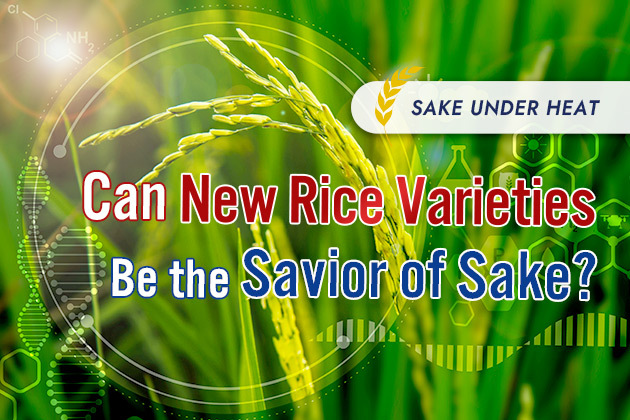
2025.07
23
Genealogy of Hattan-nishiki: Lineage of Hiroshima's Representative Sake Rice
Hattan-nishiki is a highly regarded sake rice variety, representative of Hiroshima Prefecture. Known for its excellent balance of flavors, it is particularly well-suited for brewing sake with a clean, refined taste and minimal off-flavors.
This article will explore the characteristics, lineage, and regions of cultivation of Hattan-nishiki.
What is Hattan-nishiki?
Hattan-nishiki is a high-performing sake rice with excellent brewing characteristics and a relatively affordable price point. One of its key features is its large shinpaku (starchy core) relative to the grain size, which makes it well-suited for producing high-quality koji.
In addition, Hattan-nishiki is an early-maturing variety with high yields, making it attractive from an agricultural perspective.
However, the large shinpaku also makes the grains prone to cracking during polishing.
As a result, it is not commonly used for highly polished sake such as ginjo or daiginjo, where a low polishing ratio is required.
Flavor profile of sake made from Hattan-nishiki
Hattan-nishiki is a well-balanced sake rice known for producing sake with both rich umami and a clean, crisp finish. It often exhibits a distinctive, fresh aroma reminiscent of green grass, adding a unique and appealing character to the final brew.
While its tendency to crack during polishing makes it less ideal for brewing sake with very low polishing ratios, its excellent brewing suitability means it is still occasionally used for premium sake.
One of Hattan-nishiki’s strengths is its versatility
—it performs well in a wide range of styles, from fresh and vibrant namazake to deeply matured sake with complex, developed flavors.
Genealogy of Hattan-nishiki
Hattan-nishiki was developed in Hiroshima Prefecture in 1983 through the crossbreeding of “Hattan No. 35” (father) and “Akitsuho” (mother). Two variants—Hattan-nishiki No. 1 and Hattan-nishiki No. 2—were officially registered as sake rice varieties in the same year. Today, Hattan-nishiki No. 1 is the dominant cultivar in use, and the name “Hattan-nishiki” generally refers to this variant.
Hattan-nishiki No. 2 offers comparable brewing characteristics but differs slightly in terms of cultivation suitability. It was originally developed for higher-altitude areas in northern and mountainous parts of Hiroshima. Since both variants are labeled simply as “Hattan-nishiki” in official sake rice listings, this article will use the term “Hattan-nishiki” as a general reference to both.
Compared to its parent Hattan No. 35, Hattan-nishiki was bred to be approximately 10 centimeters shorter, making it more resistant to lodging. It also produces more grain heads, resulting in higher yields. The name “Hattan-nishiki” combines “Hattan” from its father variety with the image of adorning autumn rice fields like a beautiful brocade, symbolizing hopes for abundant harvests.
Its parent, Hattan No. 35, is known for being softer and more absorbent, which makes it easier to dissolve during fermentation. While it was designated as a recommended variety in Hiroshima Prefecture in 1962, its cultivation has declined since the development of Hattan-nishiki. Nonetheless, it remains popular among brewers due to its ability to impart a different, distinctive flavor profile compared to Hattan-nishiki.
Hattan-nishiki is often confused with Hattan No. 35 and its ancestral variety, Hattanso (also known simply as Hattan), but these are all distinct rice varieties. Hattanso is an ancestor of Hattan-nishiki, known for its tall stalks, susceptibility to lodging, and overall difficulty to cultivate. Moreover, it lacked the brewing suitability required for high-quality sake production, which led to its gradual disappearance as improved varieties emerged.
Today, Hattanso has been revived through contracted cultivation by only one brewery: Imada Sake Brewing Co. in Hiroshima, known for producing the sake brand Fukucho. They are the sole producers still using this rare and historically significant rice in sake brewing.
Reference: Imada Sake Brewing Co. website — “The Only Sake in the World Made with Hattanso: Exclusively Used by Fukucho”
Primarily grown in Hiroshima Prefecture
Hattan-Nishiki No. 1 is primarily cultivated in Hiroshima Prefecture. Hiroshima has a long history of growing sake rice varieties well-suited for brewing. In addition to Hattan-nishiki, the region also produces other notable cultivars such as Koi-Omachi and Hiroshima Omachi—both descendants of the Omachi lineage—as well as Senbon-Nishiki, which is related to Yamada-Nishiki.
Northern Hiroshima, located near the Sea of Japan, experiences a climate classified as “Japan Sea climate,” while the rest of the prefecture falls under the “Seto Inland Sea climate” zone. Winters in the north bring substantial snowfall, and summers are marked by extended periods of clear skies. With many sunny days throughout the year,
Hiroshima offers an ideal environment for cultivating high-quality sake rice.
Hattan-Nishiki No. 1 accounts for approximately 90% of the total sake rice cultivation area in Hiroshima Prefecture, making it the region’s dominant variety. For instance, at JA Group Hiroshima in Akitakata City, Hattan-nishiki is grown on 166 hectares out of a total 258 hectares—representing about 65% of the cultivated area. While the typical harvest season for sake rice in Japan falls between September and October—a period prone to typhoons—Hattan-nishiki matures early, reducing the risk of weather-related damage and helping to lower production costs.
JA Group Hiroshima also employs a detailed soil management strategy: even within the same rice field, they analyze nutrient variations and apply fertilizer formulations tailored to each section. This site-specific approach contributes to the production of consistently high-quality sake rice.
Hattan-nishiki No. 2, originally developed for the mountainous northern region of Hiroshima, is now primarily cultivated in Niigata Prefecture.
Summary
Hattan-nishiki is Hiroshima Prefecture’s signature sake rice, accounting for around 90% of the sake rice cultivated in the region. Its lineage traces back to Hattan-sou, an heirloom variety once considered nearly extinct. With excellent brewing characteristics, Hattan-nishiki is highly valued by producers—not only for its performance in fermentation, but also for its profitability as a crop.
Sake brewed with Hattan-nishiki is known for its clean, well-balanced flavor with minimal off-notes. Its gentle profile makes it an ideal companion to food, allowing it to shine in a wide range of dining situations. Whether paired with everyday meals or special dishes, it’s a versatile sake worth exploring.
Related articles
Pickup Articles
2019.01.18
2019.01.25
Trending Articles
Popular Articles
Recent Articles













